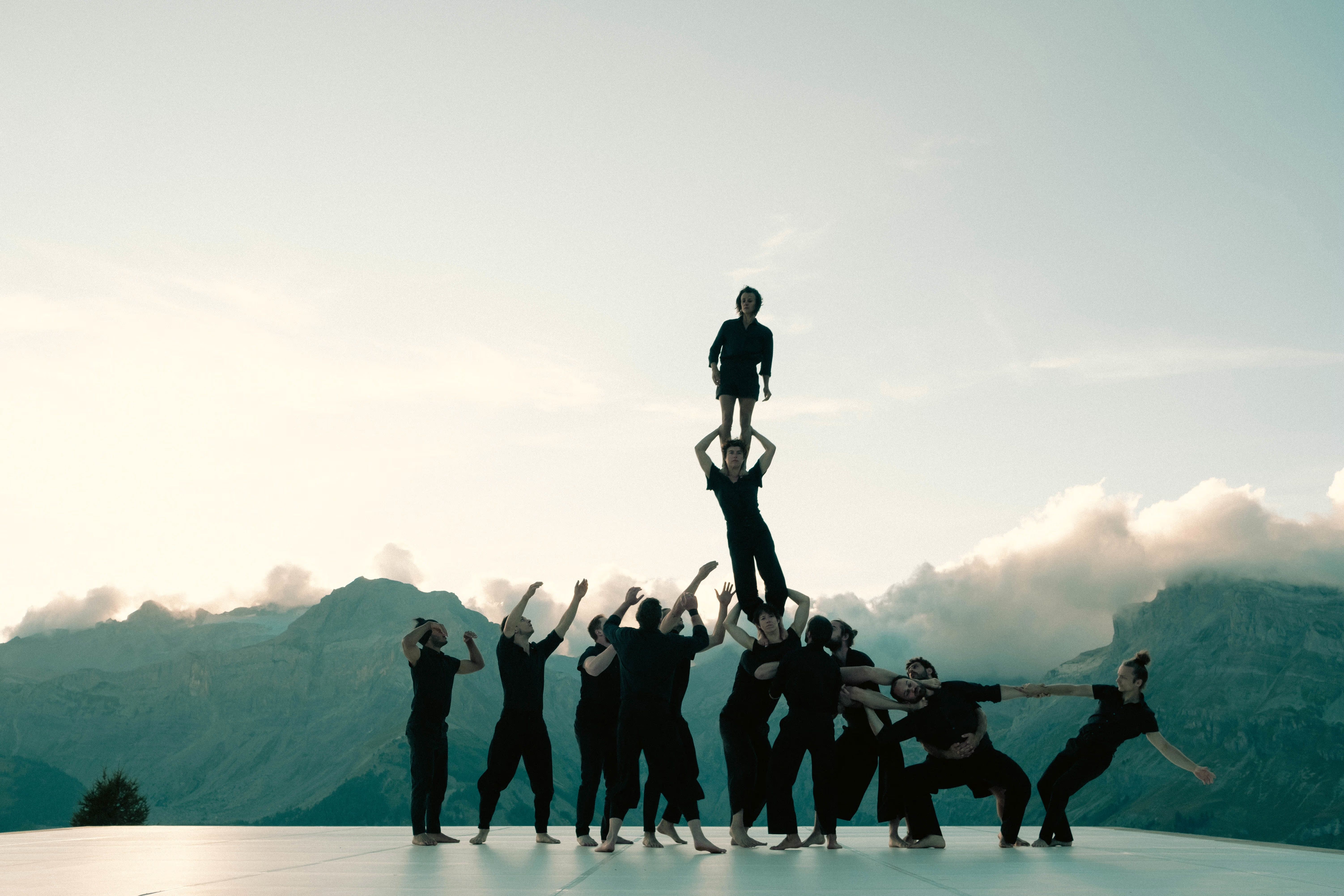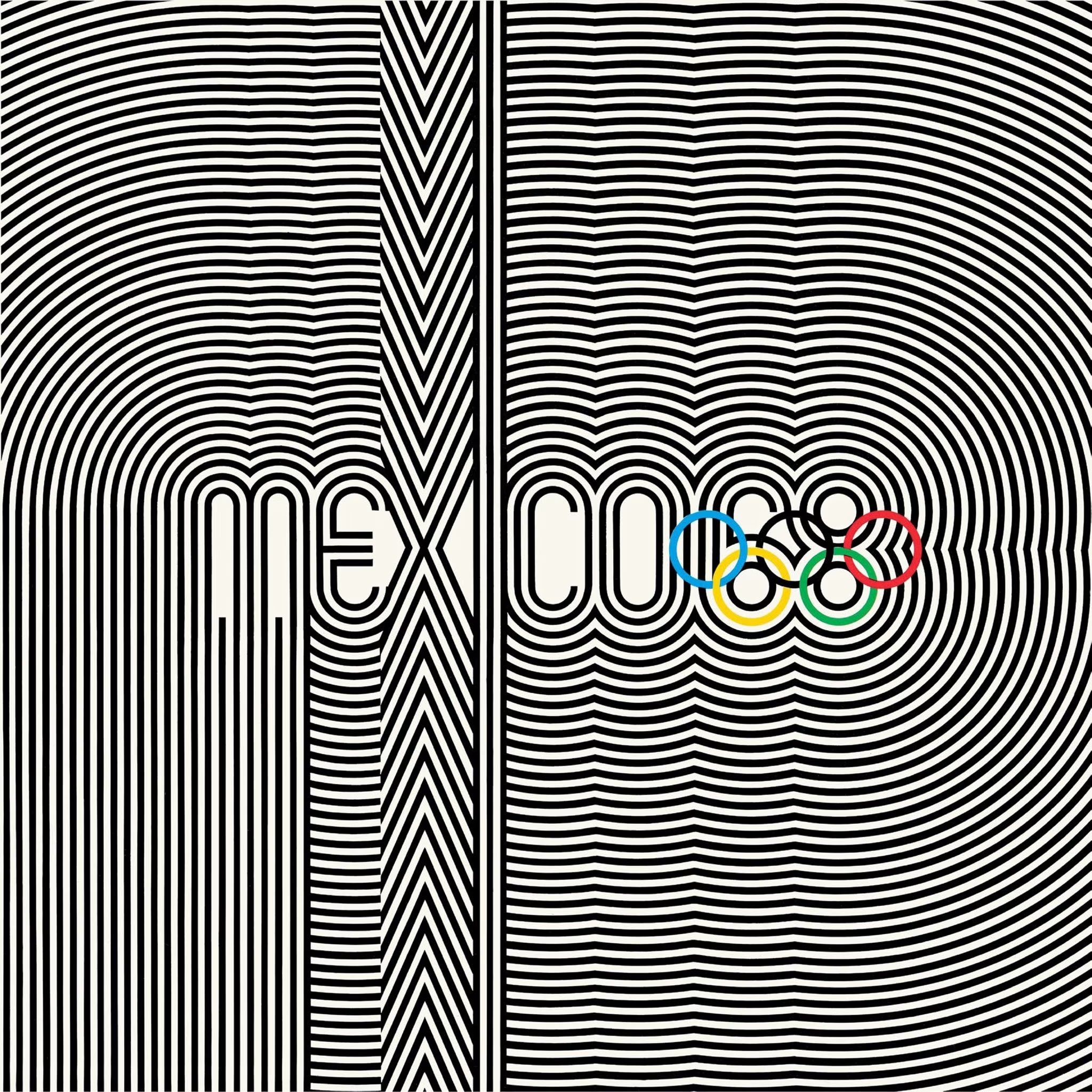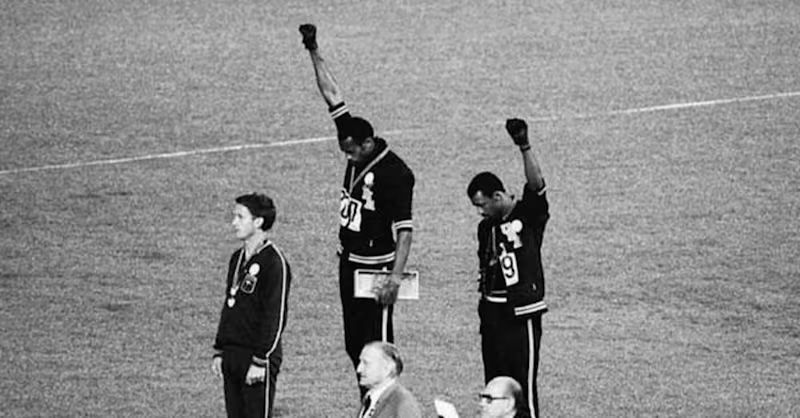
Beautiful Games: Art and the Olympics

What does art have to do with the Olympics?
The Olympic Games, an enduring symbol of global unity and athletic excellence, are not merely a showcase of physical power. They are also a vibrant celebration of human creativity and cultural expression, deeply intertwined with the arts. From the ancient origins of the Games to their modern-day incarnations, art has played an essential role in enhancing the Olympic experience, reflecting the spirit of the times and celebrating the diverse cultures of the participating nations.
What is the Olympics’ artistic heritage?
The connection between art and the Olympic Games dates back to their inception in ancient Greece. The original Olympic Games, held in Olympia, were as much a cultural festival as they were a sporting event. These original games featured artistic competitions in music, poetry and sculpture, highlighting the Greeks' belief in the harmony of body and mind. This fusion of athletic and artistic excellence underscored the holistic ideal of human achievement celebrated by the ancient Greeks.
These early games were held every four years as part of a religious festival honouring Zeus, the king of the Greek gods. Artists and performers were integral to these festivities. Poets recited epic tales, musicians played lyres and flutes and sculptors and painters created works that depicted the glory of the gods and the human form. This integration of arts and athletics reflected the Greek ideal of ‘arete’, which translates to excellence and virtue in every facet of life. The celebration of physical and intellectual achievement was seen as a tribute to the gods and a testament to human potential.
The influence of art on the ancient Olympic Games is perhaps most famously exemplified by the statues of victorious athletes, known as the "Victory Statues." These statues were erected in Olympia and other significant city-states to commemorate the achievements of champions. Among the most renowned is the statue of Diagoras of Rhodes, a celebrated boxer, whose statue stood as a symbol of both athletic prowess and artistic achievement. These statues were meticulously crafted to capture the physical perfection and heroic qualities of the athletes, serving as enduring symbols of the games.
What place does art have in the modern Olympic Games?
When Baron Pierre de Coubertin revived the Olympic Games in 1896, he envisioned a celebration that honoured both physical and artistic achievement. Inspired by the ancient tradition, Coubertin introduced the Olympic Art Competitions, which were held from 1912 to 1948. These competitions awarded medals for works of art inspired by sport, including architecture, literature, music, painting and sculpture. The goal was to foster a balanced development of body and mind, encouraging athletes and artists alike to strive for greatness.
Coubertin's vision was rooted in his belief that the Olympic Games should be a platform for promoting peace and international understanding. He saw art as a universal language that could transcend cultural and linguistic barriers, bringing people together in a shared appreciation of beauty and creativity. The introduction of the Olympic Art Competitions was a bold experiment in integrating cultural and athletic pursuits, reflecting Coubertin's holistic vision for the modern Olympics.
The first Olympic Art Competitions were held during the 1912 Stockholm Games. Artists from around the world submitted works in five categories: architecture, literature, music, painting and sculpture. The competitions were judged by distinguished panels of experts and medals were awarded just as they were in the athletic events. Over the years, the competitions attracted notable artists, including the famous sculptor Jean Dunand and the architect Jan Wils, who designed the Olympic Stadium for the 1928 Amsterdam Games.
Despite the initial enthusiasm, the Olympic Art Competitions faced challenges. The criteria for judging artistic works were often subjective, and there was ongoing debate about whether professional artists should compete against amateurs. These issues, combined with logistical difficulties and changing cultural attitudes, led to the discontinuation of the competitions after the 1948 London Games. However, the legacy of Coubertin's vision lives on in the ongoing integration of art and culture into the Olympic Movement.
What is the Cultural Olympiad?
While the formal Olympic Art Competitions were discontinued after 1948, the spirit of integrating art and culture into the Games endures through the Cultural Olympiad. This program, which runs in conjunction with the Olympic Games, showcases the host nation's cultural heritage and promotes international artistic exchange. The Cultural Olympiad includes a wide array of events, such as exhibitions, performances and workshops, covering disciplines from visual arts and music to theater and literature.
The Cultural Olympiad serves as a platform for both established and emerging artists to present their work on a global stage. It provides an opportunity for the host nation to share its unique cultural identity with the world, fostering cross-cultural dialogue and understanding. The 1992 Barcelona Games featured a comprehensive Cultural Olympiad that included a wide range of artistic events, from classical music concerts to avant-garde theater performances. This vibrant cultural program helped to showcase Barcelona's rich artistic heritage and contributed to the city's lasting legacy as a cultural capital.
In recent years, the Cultural Olympiad has evolved to include innovative and interactive elements, reflecting the changing landscape of contemporary art and culture. Digital art, multimedia installations and community-based projects have become integral parts of the program, engaging diverse audiences and encouraging participation. The London 2012 Cultural Olympiad featured the "BT River of Music" festival, which brought together musicians from all 205 Olympic and Paralympic nations to perform along the banks of the River Thames. This ambitious project celebrated the diversity of global musical traditions and highlighted the unifying power of art.
The Cultural Olympiad also plays a crucial role in promoting social and environmental sustainability. Many cultural projects are designed to raise awareness of important issues, such as climate change, social justice and human rights. The Rio 2016 Cultural Olympiad included initiatives that focused on environmental conservation and the protection of the Amazon rainforest. Through art and culture, the Olympic Movement can inspire positive change and contribute to a more inclusive and sustainable world.
 The Cultural Olympiad, photographed by Mélissa Waucquier. Image courtesty of www.olympics.com
The Cultural Olympiad, photographed by Mélissa Waucquier. Image courtesty of www.olympics.comWhat is the link between the Olympic Games and architecture?
The Olympic Games have also left a lasting legacy through their architecture and visual identity. Iconic structures like the Bird's Nest Stadium in Beijing, designed by Herzog & de Meuron, and the Olympic Park in London, featuring the ArcelorMittal Orbit by Anish Kapoor, are not just sports venues but works of art in their own right. These architectural marvels serve as lasting symbols of the Games, embodying the spirit of innovation and excellence that defines the Olympics.
The design and construction of Olympic venues often involve collaborations between architects, artists and engineers, resulting in spaces that are both functional and aesthetically striking. The Bird's Nest Stadium, with its intricate steel lattice structure, has become an iconic symbol of the Beijing 2008 Games. Its design was inspired by traditional Chinese ceramics and represents the fusion of ancient craftsmanship and modern technology. Similarly, the London 2012 Olympic Park was designed with sustainability in mind, incorporating green spaces, water features and public art installations to create a vibrant and welcoming environment for both athletes and visitors.
The visual identity of each Olympic Games, including logos, mascots and posters, is another vital aspect of the artistic expression associated with the event. Renowned artists and designers are often commissioned to create these elements, which become enduring symbols of the Games and reflect the host nation's culture and values. For example, the minimalist and dynamic logo of the Tokyo 2020 Olympics, designed by Asao Tokolo, represents the interconnectedness and harmony of the international community. The mascots, often inspired by local folklore and traditions, add a playful and accessible dimension to the Games, engaging young audiences and creating lasting memories.
 Mexico 1968 Olympics Poster. Image courtesy of www.olympics.com
Mexico 1968 Olympics Poster. Image courtesy of www.olympics.comOlympic posters are another important form of artistic expression. They capture the essence of the Games and convey the spirit of the host city. The posters for the 1968 Mexico City Olympics, designed by Lance Wyman, Pedro Ramirez Vazquez and Eduardo Terrazas, are celebrated for their bold use of colour and graphic patterns inspired by indigenous Mexican art. These posters not only promoted the Games but also showcased Mexico's rich cultural heritage to the world. Similarly, the posters for the Munich 1972 Olympics, created by renowned artists such as David Hockney and Otl Aicher, reflected the vibrant and progressive spirit of the times.
How do the Olympics champion art as a catalyst for peace?
The Olympic Games, through their artistic and cultural initiatives, have the power to transcend political and social barriers, fostering a sense of global community and mutual understanding. The arts provide a universal language that can communicate across cultures, celebrating the diversity and shared humanity of people from around the world. This cultural exchange is especially poignant during the Games, as artists and athletes from diverse backgrounds come together to share their talents and stories.
One of the most powerful examples of art's role in promoting peace and understanding is the Olympic Truce. This ancient tradition, revived by the International Olympic Committee (IOC) in the modern era, calls for a cessation of hostilities during the Games to allow for safe passage and participation of athletes. The Olympic Truce has inspired numerous artistic projects that explore themes of peace, reconciliation and global cooperation. For example, the "Peace and Sport" initiative, supported by the IOC, uses sport and art to bring together communities affected by conflict and promote dialogue and understanding.
Art can also highlight social issues and inspire change. During the 1968 Mexico City Olympics, American athletes Tommie Smith and John Carlos used their medal ceremony as a platform to protest racial inequality and human rights abuses. Their iconic Black Power salute, captured in photographs and commemorated in subsequent artworks, remains a powerful symbol of the fight for justice and equality. Similarly, the Rio 2016 Cultural Olympiad included projects that addressed issues such as poverty, discrimination and environmental degradation, using art as a means to raise awareness and advocate for positive change.
 Olympics 1968 Games. Image courtesy of www.olympics.com
Olympics 1968 Games. Image courtesy of www.olympics.comThe arts also provide a means for individuals and communities to express their identities and share their stories. For many athletes, participation in the Olympics is not just about competition; it is also an opportunity to represent their culture and heritage on a global stage. The inclusion of cultural elements in the opening and closing ceremonies, as well as in the broader cultural program, allows for the celebration of diverse traditions and the recognition of the unique contributions of each participating nation. This celebration of diversity and inclusion is at the heart of the Olympic Movement and reflects the universal values of respect, friendship, and excellence.
What is the synergy between art and the Olympic Games?
The synergy between art and the Olympic Games is a testament to the enduring power of human creativity and achievement. From the ancient Greek ideals to the modern Cultural Olympiad, the integration of art and sport enriches the Olympic experience, inspiring both participants and spectators. As the Games continue to evolve, the celebration of art alongside athletic excellence will remain a vital and vibrant part of this global event, highlighting the universal values of beauty, harmony, and unity that define the Olympic spirit.
The future of the Olympics will undoubtedly see new and innovative ways to integrate art and culture into the Games. Advances in technology, changes in societal values and the evolving landscape of contemporary art will all shape the ways in which the Olympics celebrate human creativity. However, the core principle of honoring both athletic and artistic excellence will remain unchanged, continuing to inspire generations of athletes, artists and audiences around the world.
As we look forward to future Olympic Games, we can anticipate exciting new collaborations between artists and athletes, groundbreaking cultural projects and unforgettable artistic moments that capture the spirit of the Games. Whether through the design of iconic venues, the creation of captivating visual identities or the staging of spectacular cultural events, the intersection of art and the Olympics will continue to be a harmonious celebration of human achievement and a testament to the enduring power of the human spirit.
